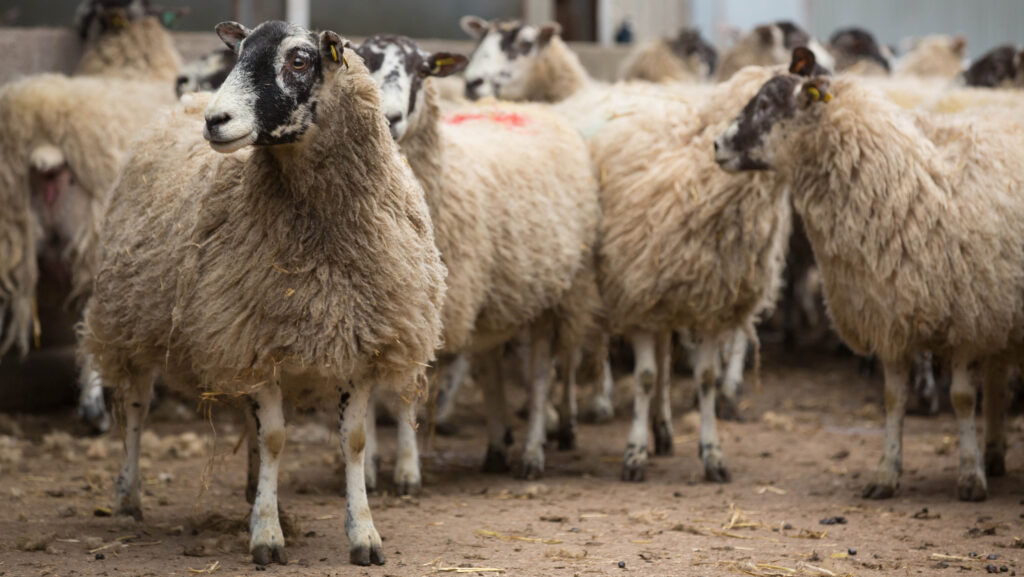A guide to making a sheep quarantine protocol
 © Tim Scrivener
© Tim Scrivener Establishing a proper quarantine protocol for ewes coming onto the farm is crucial for preventing the introduction and spread of diseases.
This quarantine protocol is designed to help integrate new ewes safely and effectively.
See more: How lambing data helps closed flocks run smoother
Preparation
Quarantine facility
Designate a separate area away from the main flock. For the first 48 hours, ewes should be put in a yard or shed.
Doing so will mean that any resistant worms shed their eggs onto hardstanding, instead of onto pasture. This will prevent stock from picking up resistant eggs.
Health assessment
Review the vaccination history of the new ewes.
On arrival
Conduct a thorough physical examination:
- Look for signs of illness, lameness, parasites or any other abnormalities
- Anything noted should be treated promptly.
The following parasite control measures are recommended:
- Plunge dip to prevent the spread of external parasites such as scab
- Fluke treatment – product choice will vary depending on time of year and farm risk, so seek veterinary advice about the most suitable product
- Worming treatment – we recommend using a class 4-AD (orange) drench. This is based on the assumption that incoming sheep are carrying 1-BZ (white)-resistant parasites, 2-LV (yellow)-resistant parasites, and 3-ML (clear)-resistant parasites.
Day 2 to 30
After the initial 48 hours on hardstanding, turn out the ewes into isolation paddocks.
Ideally, these paddocks will have been previously grazed by the existing flock this grazing season.
Doing so enables the present population of worms on the farm to dilute any bought-in worms that may have survived treatment.
During the 30 days, animals should be examined for signs of disease and treated appropriately, with particular attention paid to signs of respiratory disease, intestinal disease, lameness, and weight loss.
After 30 days
Discussing a protocol with your vet will help you to decide on the best plan for your farm.
By having a functional quarantine protocol, you can significantly reduce the risk of introducing new diseases to your flock.
At the end of the 30 days, if no problems have been noted, the ewes can be integrated with the rest of the flock.
This structured approach not only protects the current flock, but helps the integration of new ewes into the individual farming environment.
The shed or yard used as a quarantine facility should be thoroughly disinfected, alongside any equipment used.
